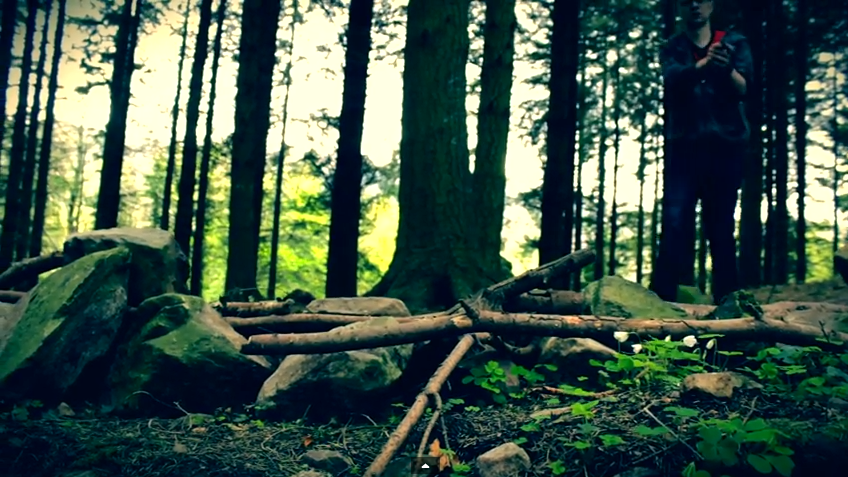Over the summer holidays I came up with a number of ideas for our film. The following is the one I pitched to the group:
Black screen.
Writing fades onto the black background. “They say that the moment you die, your life flashes before your eyes.”
Establishing shot, showing the location. Nighttime. Protagonist is being pulled into the frame.
Cut to the first scene as a bag is being pulled off the protagonist’s head.
Close up on the protagonist (P)’s face. He looks stressed and exhausted, but not scared.
Slow zoom out to a medium long shot reveals that there is a gun pointed at his head by a henchman (H). P is tied to a chair.
Cut to the Antagonist (A), who is walking around in the room.
SRS and mainly CUs used for the following conversation.
A: “We have been through this often enough. What is the code?!”
P: “I’m not telling you anything!”
A: “In that case I regret to say that you are no longer of any value to me. (To the henchman) Kill him!”
As the henchman pulls the trigger, slow motion is used. The camera moves away from the ECU on the trigger and moves around the protagonist. Slow motion is still in effect.
((Then, the camera moves above the protagonist, showing the whole scene from a bird’s-eye view.))
At this moment, the protagonist’s flashback begins.
In a few very short scenes with hardly, if any, diegetic sound, we see extracts from P’s life (his parents holding him as a baby, him walking as a child, etc).
As we approach the present, the scenes get longer, giving not only a bit more background info on who P is and his relationship to A, but also explaining how he got into this situation.
However, the flashback then reveals a weak spot of the henchman (e.g. when he ties P to the chair): A combat knife attached to his leg. The fact that this is of major importance is corroborated by a CU on the knife.
Suddenly the flashback ends. The protagonist, previously in a seemingly hopeless situation, grabs the knife and stabs the henchman in the leg, just as the latter pulls the trigger.
The bullet misses its target, we can hear H scream in pain. Cut to A who turns around, looking surprised and, as he realises what has happened, scared.
A short hand to hand fight between P and H leaves H defeated.
A tries to flee. P grabs the knife and throws it at A.
Camera follows the knife as it flies through the room, then cut so we see A from the front as he collapses: The knife hit its target.
So, this is the idea I came up with. Being a fan of action-adventure films I wanted my movie to be of this genre.
I included generic conventions of both, the action-adventure generic hybrid, as well as of short films.
The narrative follows the typical pattern for short films with equilibrium, disequilibrium and a twist, features only a small number of actors and keeps the audience at the edge of their seats.




















































